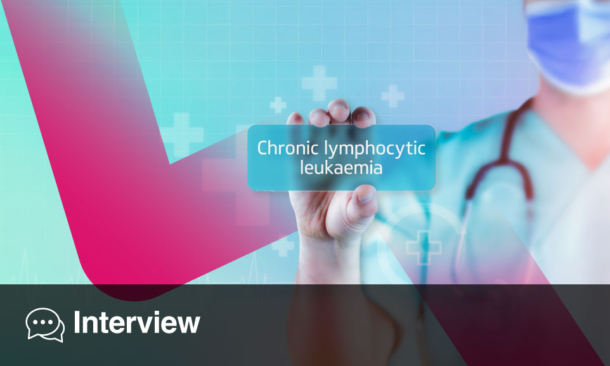BACKGROUND
Patients (pts) with acute lymphoblastic leukaemia (ALL) in difficult first complete remission (CR) or in second CR, and those with Philadelphia chromosome-positive ALL, are at risk because chemotherapy alone does not allow for long-term survival. Allogeneic haematopoietic stem cell transplantation (allo-HSCT) offers a curative therapeutic alternative in these cases.1,2 The authors report the results of this procedure in a series of 342 pts. 3
MATERIALS AND METHODS
From February 1999–December 2023, 342 allo-HSCTs were performed, including 259 genoidentical, 77 haploidentical, five phenoidentical, and one mismatched (3/6) unrelated transplant from cord blood. At the time of transplant, 115 pts (33.6%) were in first CR, 202 pts (59%) were in second CR, nine pts were in ≥third CR, and 16 pts had active disease. The median age of the pts was 17 years (range: 4–61), with 179 pts (52.3%) <18 years of age. The sex ratio (male/female) was 1.87. The average time from diagnosis to transplant was 27 months (range: 3–144). Molecular testing for the BCR-ABL fusion transcript was performed in 124 pts, identifying 76 Philadelphia chromosome-positive cases (22.2%). Various conditioning regimens without total body irradiation were used, including busulfan-cytarabine-melphalan in 158 pts (46.1%), busulfan-cyclophosphamide in 38 pts (11.1%), busulfan-cyclophosphamide-thymoglobulin (5 mg/kg) in 10 pts (2.9%), and busulfan-cyclophosphamide-etoposide in 59 pts (17.2%). For haploidentical allo-HSCTs, conditioning regimens included cytarabine-busulfan-cyclophosphamide-thymoglobulin (10 mg/kg) in 21 pts (6.1%), and busulfan-thiotepa-fludarabine in 56 pts (16.3%). Graft-versus-host disease (GVHD) prophylaxis consisted of ciclosporine-methotrexate (human leukocyte antigen [HLA]-identical sibling), ciclosporine-methotrexate-mycophenolate mofetil (Beijing Protocol), ciclosporine-mycophenolate mofetil-post-transplant cyclophosphamide, and ciclosporine alone for cord blood transplantation. Peripheral blood stem cells were used as the graft source in 303 pts (88.6%), bone marrow graft in 16 pts (4.6%), umbilical cord blood in two pts, and a combination of bone marrow and peripheral blood stem cells in 21 pts (Beijing Protocol). As of the 30th of June 2024, the minimum follow-up was 6 months, and the maximum follow-up was 304 months.4,5
RESULTS
Aplasia was observed in all pts, with a median duration of 15 days (range: 6–66). The median day of neutrophil engraftment was 15 days (range: 10–67). Two pts experienced graft rejection. Veno-occlusive disease occurred in 14 pts (4%), including eight severe cases. Acute GVHD occurred in 137 pts (42.6%), including 52 pts with Grade IV disease (38% of the entire patient population). Chronic GVHD was seen in 93 pts (39.7%), with the extensive form in 70 pts (29.9%). Cytomegalovirus reactivation was noted in 63 pts (19%). Relapse prevention with tyrosine kinase inhibitors after transplantation was used in 44 pts. Relapse was observed in 101 pts (30.1%) after a median time of 11 months (range: 1–60), including 16 pts who had received tyrosine kinase inhibitors. After a median follow-up of 40 months (range: 6–304), 117 pts (34.2%) were alive in CR, and 225 pts (65.7%) had died, including 135 pts (39.4%) from transplant-related mortality (early infection: n=17; acute GVHD: n=56; chronic GVHD: n=11; veno-occlusive disease: n=8; visceral haemorrhage: n=7; late infection: n=10; others: n=26), and 90 pts from relapse. The overall survival and disease-free survival at 25 years are 27.4% and 27.3%, respectively.
CONCLUSION
Allo-HSCT with conditioning regimens without total body irradiation in high-risk ALL allows about one-quarter of pts to achieve long-term remission, as shown in this series, although the rates oftransplant-related mortality and relapse remain relatively high.







